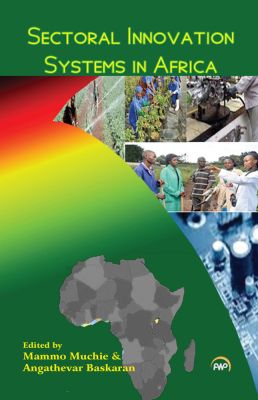All innovation systems have elements, components, parts with linkages, interconnections and interactions with boundaries at spatial, sectoral, or disciplinary levels. The elements are related to innovation creation, absorption, transfer and adaptation being either strong or weak with boundaries that range spatially from local to city, community, region, national and global levels. Innovation systems at national or sectoral level are influenced by conceptual frame and ideas, policy setting, context and environment, institutions, networks, actors, knowledge and incentives. The way the politics of system building plays out heavily influences the outputs, outcomes and impacts at various levels selected to locate the innovation system dynamics. Franco Malerba considers sectoral systems to be based on knowledge and technologies, actors, networks, and institutions. The complexity and dynamics of innovation at the sectoral level in the African context are not researched fully yet. This book is one of the few works focusing on the sectoral system framework for innovation and development in Africa. A number of sectoral systems are identified and discussed. The analysis of each sector by identifying the key components that involve a specific knowledge base, actors and networks, institutions, technologies, inputs, demand, and organizations at various levels of aggregation provides how transformation and development can unfold. This book presents cases from different sectors across different countries in Africa including the agro-industry, creative industry, and oil and gas. It makes one of the original critical contributions to the knowledge and understanding of the Sectoral Innovation Systems in Africa.

